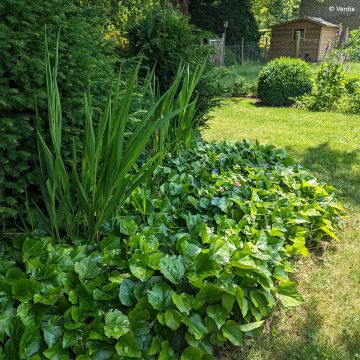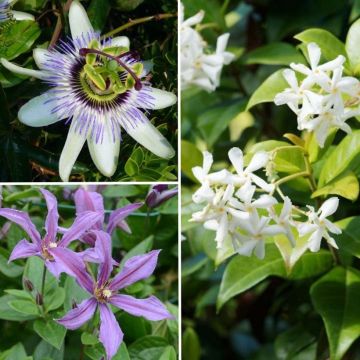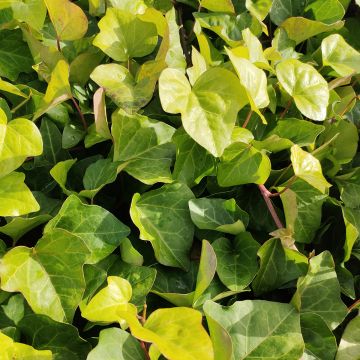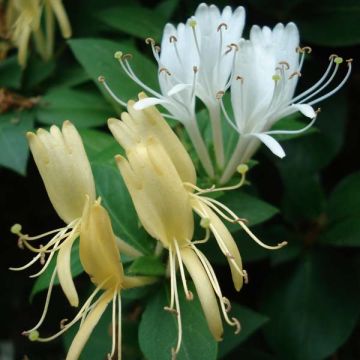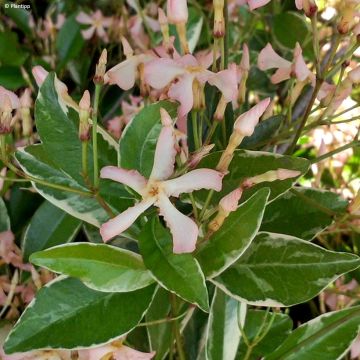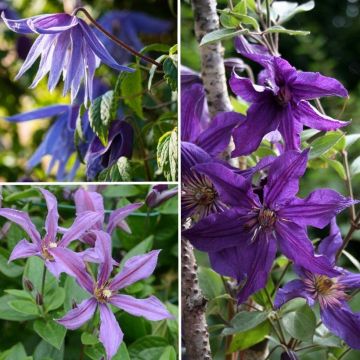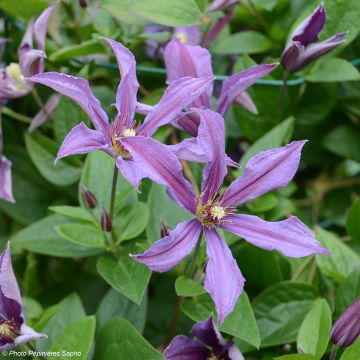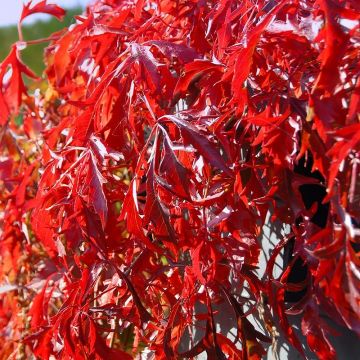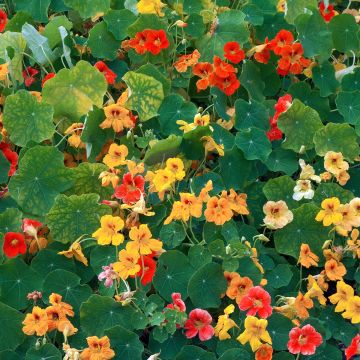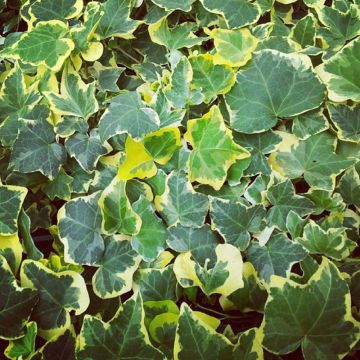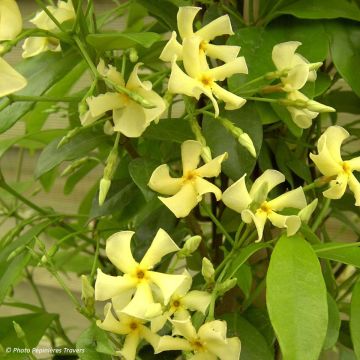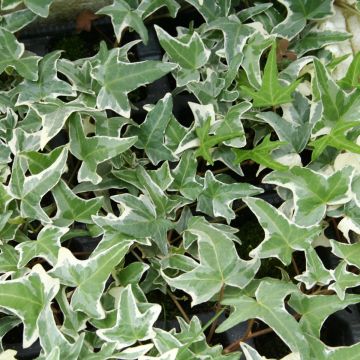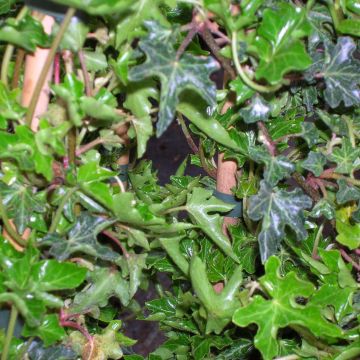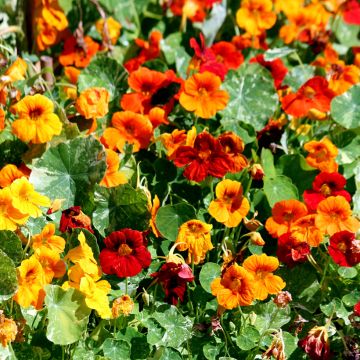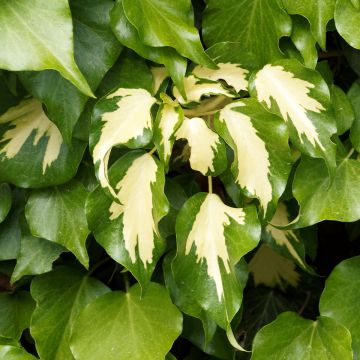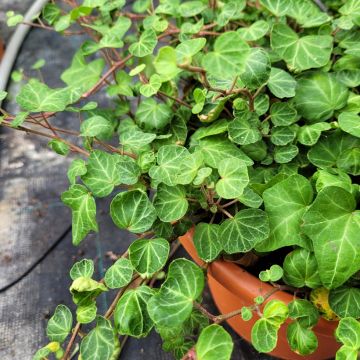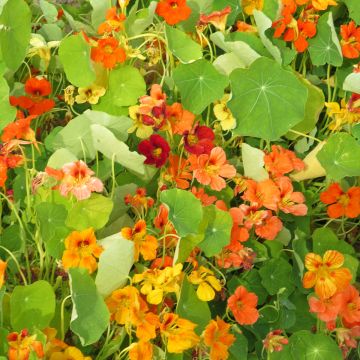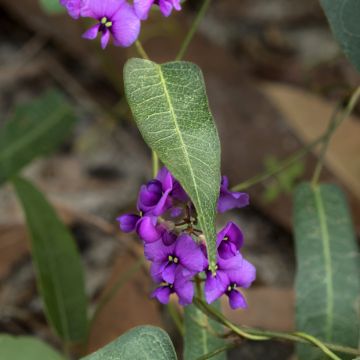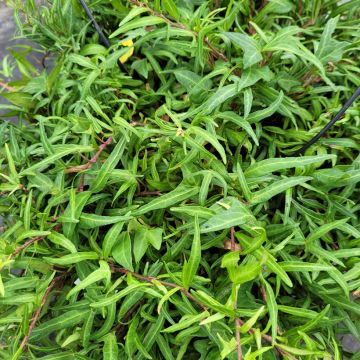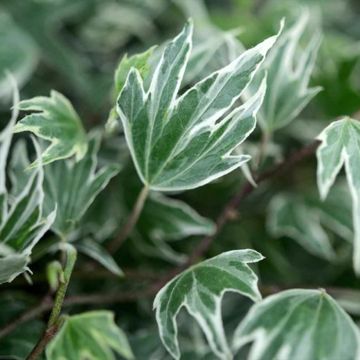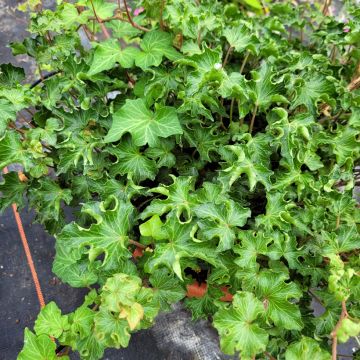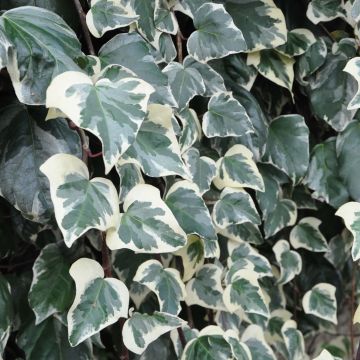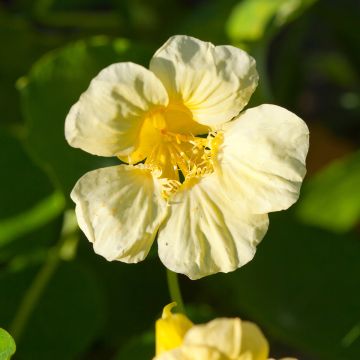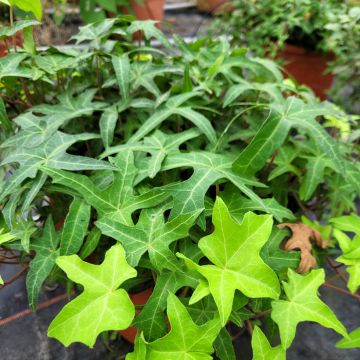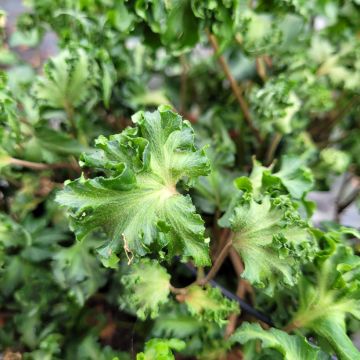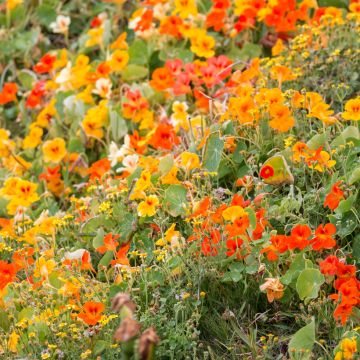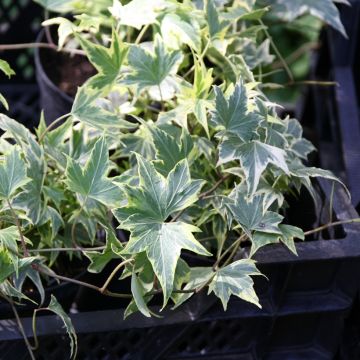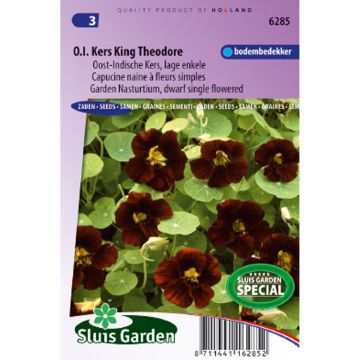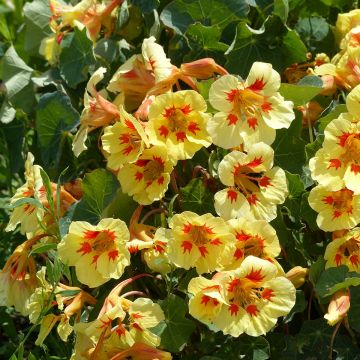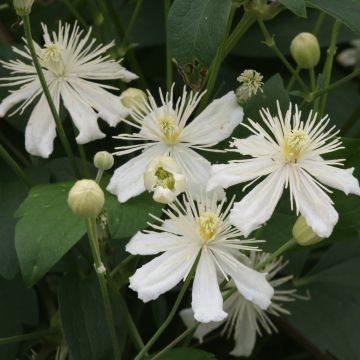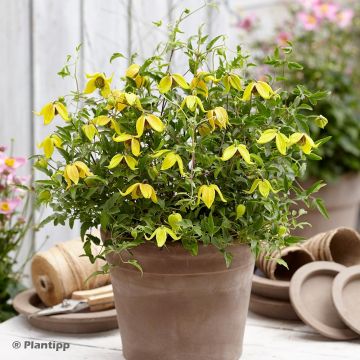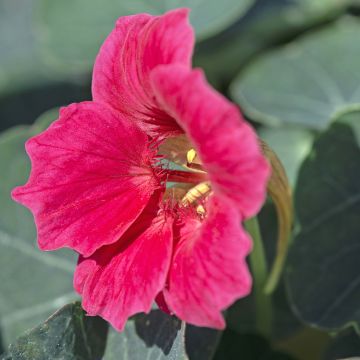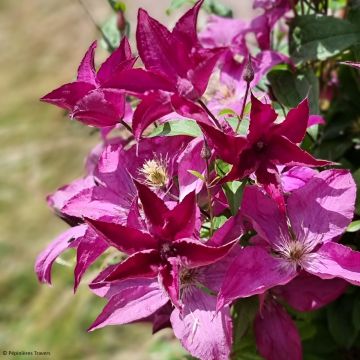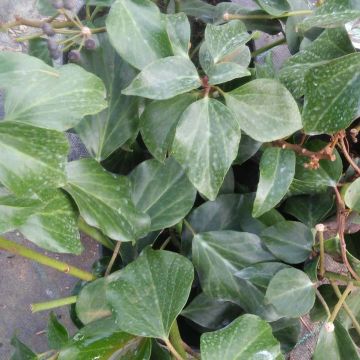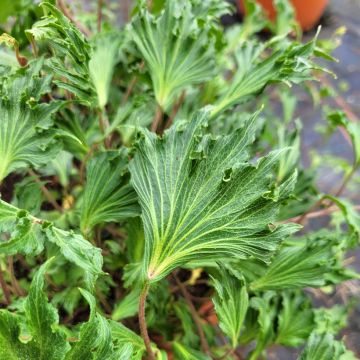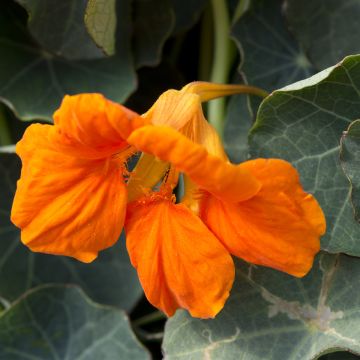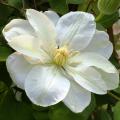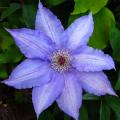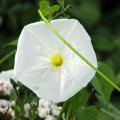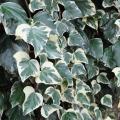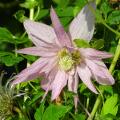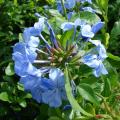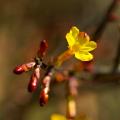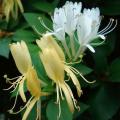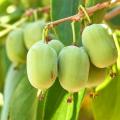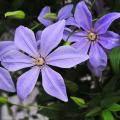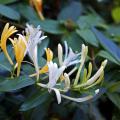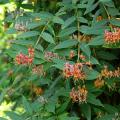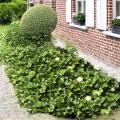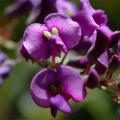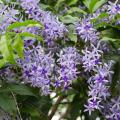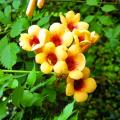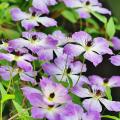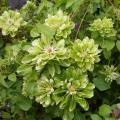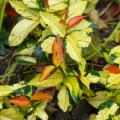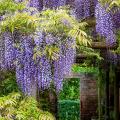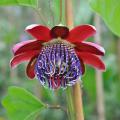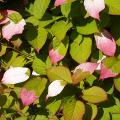Climbing plants for ground cover
Would this plant suit my garden? Set up your Plantfit profile →
Available in 2 sizes
Available in 0 sizes
Available in 1 sizes
Available in 1 sizes
Available in 2 sizes
Available in 1 sizes
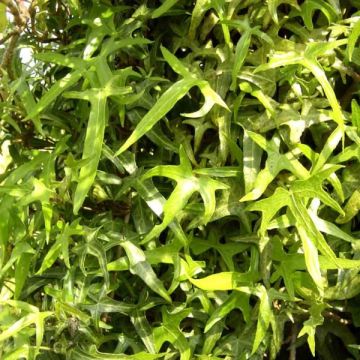
Available in 2 sizes
Available in 0 sizes
Available in 2 sizes
Available in 1 sizes
Available in 1 sizes
Available in 2 sizes
Available in 1 sizes
Available in 2 sizes
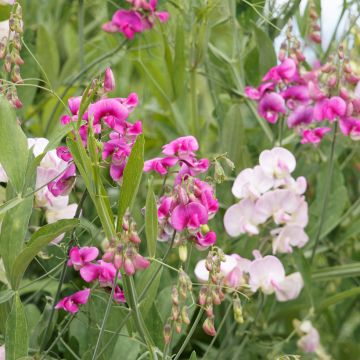
Available in 1 sizes
Available in 2 sizes
Available in 2 sizes
Available in 1 sizes
Available in 2 sizes
Available in 1 sizes
Available in 1 sizes
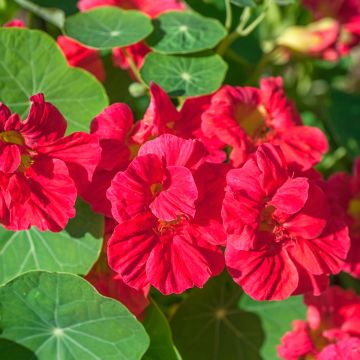
Available in 1 sizes
Available in 1 sizes
Available in 1 sizes
Available in 1 sizes
Available in 1 sizes
Available in 1 sizes
Available in 1 sizes
Available in 1 sizes
Available in 1 sizes
Available in 1 sizes
Available in 1 sizes
Available in 1 sizes
Available in 1 sizes
Available in 1 sizes
Available in 2 sizes
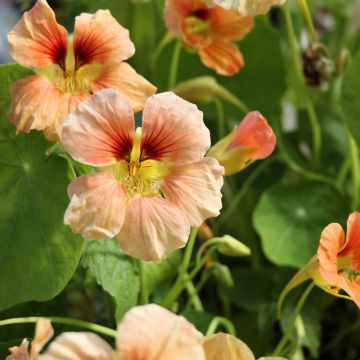
Available in 1 sizes
Available in 1 sizes
Available in 1 sizes
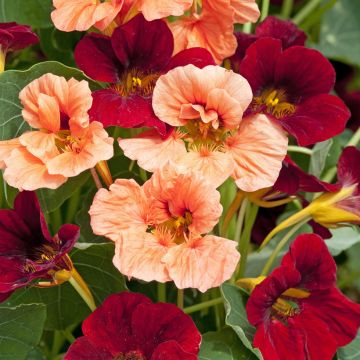
Available in 1 sizes
Available in 1 sizes
Available in 2 sizes
Available in 1 sizes
Available in 1 sizes
Available in 1 sizes
Available in 1 sizes
Available in 1 sizes
Available in 1 sizes
Available in 1 sizes
A large number of climbing plants become excellent ground covers if they do not have any support (tree, fence, arbour, trellis, etc.) to cling to. Among the most well-known are ivy (Hedera), star jasmines (Trachelospermum), and Akebia, vigorous and fast-growing, which can cover large areas. Ivy and false jasmine, with their evergreen foliage, provide year-round coverage, while Akebia offers fragrant flowers in spring. Trachelospermum jasminoides, known for its highly fragrant white flowers, forms superb carpets even at the base of trees. Less well-known, Muehlenbeckia complexa, with its confetti-like foliage, is ideal for greening dry, shady soils in mild climates. The honeysuckle, especially the 'Halliana' variety, deciduous and recognizable by its yellow and white flowers, is a fragrant plant that makes an unusual and very robust ground cover. Virginia creepers, for example Parthenocissus quinquefolia or Vitis coignetiae are appreciated for their flamboyant autumn foliage and can spread out in large blankets in any part of the garden. Among the annuals, nasturtiums, with their brightly coloured flowers, are an excellent choice for busy gardeners. Also worth mentioning are two climbing or creeping annual plants, less commonly used as ground covers but equally interesting, black-eyed Susans and sweet peas. When allowed to roam on the ground, these small vines create an original and elegant decor. Discover many other climbing plants to use as ground covers on these pages.
Also check out our range of plants for evergreen ground cover.
Haven't found what you were looking for?

































